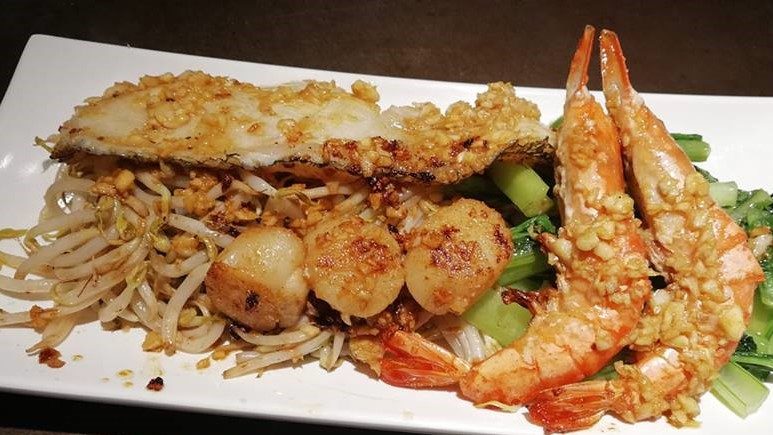Image Credit: Taroko teppanyaki cuisine
Economy rice is one of our local specialities in Malaysia. It has been our all-time favourite as it is fast and tasty. With so many dishes to choose from, most working adults would want this for their daily lunch plan.
Different races have their version of economy rice. For instance, for Chinese, we usually call it as ‘Zap Fan’; Malay and Indian have Nasi Campur and Nasi Kandar respectively, which is the similar concept of economy rice, whereby one takes any dishes he or she likes and pays for it at the end of the meal.
The diversity of our local economy rice has prompted us to go for a Teppanyaki style meal when we have Japanese food. This is because even though Teppanyaki is not precisely like economy rice or Nasi Kandar, the different varieties of dishes in the mixed rice have similar concept as economy rice.
With so many ingredients and types of Teppanyaki to choose from, I am sure that most people would consider picking Mixed Seafood Teppanyaki as their meal choice.
Ingredients Used In Mixed Seafood Teppanyaki
Mixed Seafood Teppanyaki is an easy meal to make on your own. With a few seafood ingredients such as clams, mussels, scallops, fish, squid and other types of seafood that you like, you can add in salt and pepper, pan-grilled it and you have your version of Teppanyaki ready.
In typical Japanese cuisine, Teppanyaki is often grilled and paired with sauce to enhance the flavour. Instead of making it plain rice with a few dishes, you may add in Miso sauce or soy sauce, give it a little mix, and you are good to go. Somehow, I realise that the Japanese love squid in their meal, even sushi has squid too!
Sometimes, some people would add in some fanciness into their Mixed Seafood Teppanyaki. Oysters are usually the most preferred add-ons for most people, and if you want something extra, you may consider adding in tuna or Maguro, bell peppers and onions for some crunchiness in the midst of eating your seafood and rice.
How To Check The Freshness Of Your Seafood?
To determine the freshness of the seafood, you need to know a few tips for this, so that you would not risk running many rounds to the toilet. For squids, you can determine the freshness just by touching it. If it is soft and soggy, plus it has some fishy scent or changes in colour, that squid is not fresh anymore. You should be looking for one that is firm yet spongy, not soft and soggy.
As for prawns, all you have to do is to look at its head. Usually, prawns that are not fresh anymore has a stench, you will know just by smelling it.
Where To Get Mixed Seafood Teppanyaki?
Since this is so easy to make, you can do it by yourself at home. It is as quick and straightforward as throwing in your seafood ingredients and stir fry them together with your rice. Add a little bit of sauce and you are done!
If you would like to know which restaurants to get this fantastic dish, check out these Japanese restaurants around your area that might satisfy your cravings.
For more of Japanese food, please check out foodpanda and get your delivery order now.
